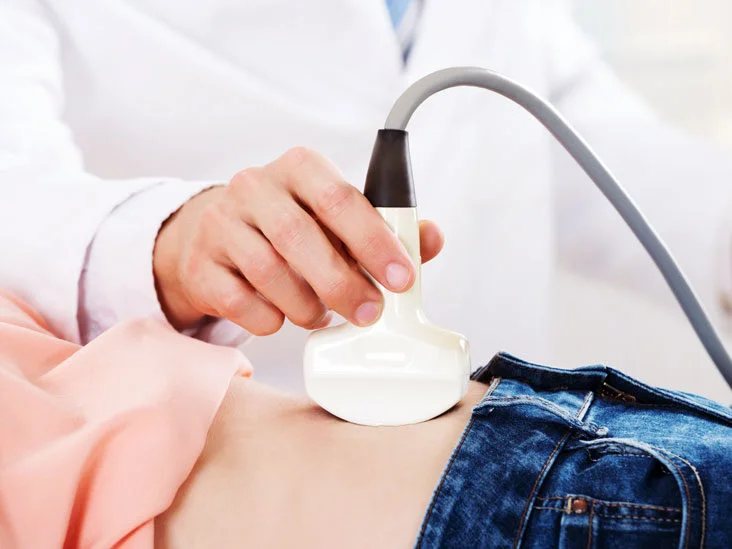Point of Care Gastric Ultrasound to Assess Full Stomach in the Perioperative Setting

Point of Care Gastric Ultrasound (PoCGUS) is a rapidly emerging technique in the perioperative setting, particularly for assessing stomach fullness, which is crucial in determining the risk of aspiration during anesthesia. This technique is gaining traction due to its non-invasive nature and the immediacy of results, providing anesthesiologists with critical information about gastric content and volume in real time.
The traditional approach to assess the risk of aspiration involves guidelines based on fasting times; however, these are often based on generalizations and may not accurately reflect individual patient conditions. PoCGUS steps in as a more patient-specific approach. It allows the visualization of the stomach’s contents, whether solid or liquid, and can determine the volume of these contents. This information is critical, as the presence of a significant volume of non-clear fluid or solids in the stomach increases the risk of aspiration during anesthesia induction.
Performing PoCGUS involves using an ultrasound device with a curvilinear transducer, typically in the range of 2-5 MHz. The patient is scanned in two primary positions: supine and right lateral decubitus. These positions allow for a comprehensive view of the stomach, from the antrum to the body and fundus. The antrum, located in the left upper quadrant of the abdomen, is the primary focus as it is the most gravity-dependent part and hence a reliable indicator of gastric content.
One of the significant advantages of PoCGUS is its ability to distinguish between different types of gastric contents. Clear fluids appear anechoic (without echoes), whereas solid foods present as echogenic (with echoes) material within the stomach. This distinction is crucial in the perioperative management of patients, especially those with risk factors for delayed gastric emptying, such as diabetes, opioid use, or those undergoing emergency surgery.
The interpretation of gastric ultrasound requires specific training and expertise. The anesthesiologist or trained practitioner assesses the qualitative and quantitative aspects of the gastric contents. They measure the cross-sectional area of the antrum in two orthogonal planes, which, when combined with the patient’s position, can provide an estimate of the gastric volume. This assessment helps in making informed decisions about proceeding with anesthesia or delaying the surgery if necessary.
PoCGUS is particularly beneficial in populations where fasting status is uncertain or unreliable. This includes children, patients with gastrointestinal disorders, and those in emergency settings. In pediatric anesthesia, where aspiration risk is a significant concern due to the unpredictability of fasting status, PoCGUS offers a valuable tool for direct assessment. It also plays a vital role in obstetric anesthesia, where delayed gastric emptying is common due to hormonal changes and physical compression from the gravid uterus.
Moreover, the use of PoCGUS enhances patient safety by reducing the likelihood of aspiration, a severe complication associated with anesthesia. By enabling direct visualization of the stomach’s contents, it allows anesthesiologists to tailor their approach, opting for techniques like rapid sequence induction or awake intubation in high-risk cases.
In terms of training and implementation, PoCGUS is relatively easy to learn and incorporate into clinical practice. The increasing availability of portable ultrasound machines has facilitated its integration into routine perioperative assessment. However, it is essential to acknowledge that while PoCGUS provides valuable information, it should be used in conjunction with a comprehensive clinical assessment, considering factors like patient history, physical examination, and surgical urgency.
In conclusion, Point of Care Gastric Ultrasound is a transformative tool in perioperative medicine. It offers a real-time, patient-specific assessment of gastric content and volume, thereby enhancing patient safety by enabling better management of aspiration risk. Its non-invasive nature, combined with the increasing ease of access to ultrasound technology, makes it a practical and valuable addition to perioperative care protocols. As technology advances and more healthcare professionals receive training in PoCGUS, its use is likely to become more widespread, further improving patient outcomes in the perioperative setting.